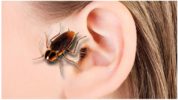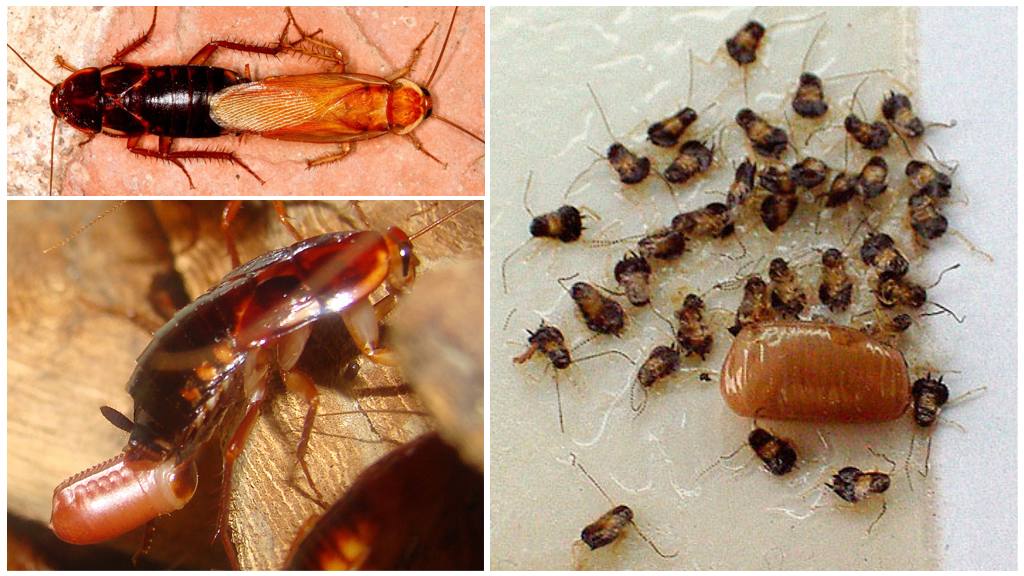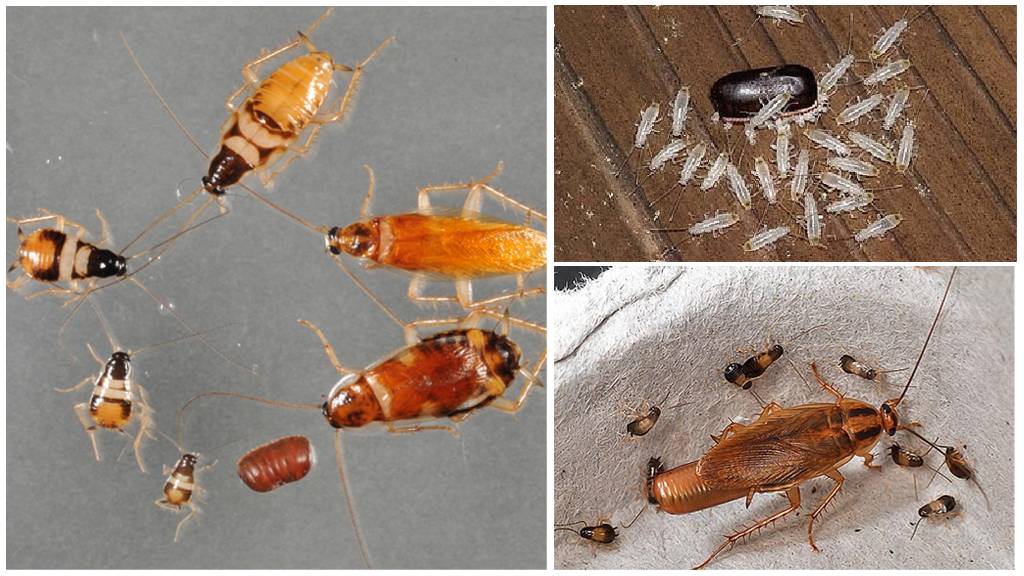- Cockroach in the ear
- Symptoms
- Cockroach extraction
What to do if a cockroach crawled into your ear depends on the conditions under which it happened. If you can quickly see a doctor, you need to do this. In other situations, they get rid of the insect on their own, but only if there is no other way. In the event of improper actions, substantial damage to the eardrum can occur, including hearing loss.
Can a cockroach creep into a person’s ear
The insect has an elongated, flexible body, allowing it to penetrate into narrow slits. The human ear is not the main goal, but the pest can get there in search of heat. It happens at night. In the dark, insects activate, crawl out of hiding places, a person is in a position favorable for a cockroach - lies motionless, does not feel what is happening.
An insect can penetrate the ear of a sleeping person, but to get out - no. He has no "reverse", moves only forward. Since the auricle is too narrow, the pest cannot turn 180 degrees, it remains trapped, thereby causing considerable problems to man and to himself.
On a note!
A cockroach can crawl into an adult’s ear, since the diameter of the auricle reaches 1 cm. An imago will not creep into the ear of a sleeping child, but larva, recently born, a nymph is able to do this. Since insects live in the kitchen, in the bathroom, toilet, dark corridors, their presence in the bedroom indicates complete unsanitary conditions in the house, the absence of human action. Insects begin to crawl through all the rooms. Getting into their nose is not difficult for them either. Also cockroaches can nibble your eyelids, ears, bite on the lips.
Can an insect get out on its own
The cockroach in the ear makes an effort to get out. He scratches his paws, bites, moves. It is capable to leave a trap independently small cockroachcaught in the auricle of an adult. This situation is observed if the pest has the opportunity to turn 180 degrees. But this rarely happens.
The cockroach will not move further than the auricle, since the anatomical structure of the organ does not allow this, but it can damage the eardrum. The situation is dangerous for hearing loss, inflammation, infection.
Symptoms of the presence of an insect in the auditory organ
You can understand that a cockroach got into your ear due to unpleasant symptoms. The pests do not leave vain attempts to get out, it is scratched by paws, it moves. In humans, such efforts cause an incredible noise, shooting, sharp pain. The parasite remains alive for up to 9 days, if nothing is done, during this time inflammation of the auditory apparatus begins, the eardrum is damaged, purulent discharge appears, blood flows.
On a note!
To find out that a cockroach is sitting in your ear is not always possible on your own. The phenomenon is rare, therefore often painful sensations are associated with inflammation of the ear. The use of painkillers, antibacterial drops does not give the proper result, only exacerbates the situation.

Symptoms of the presence of an insect in the ear:
- noise;
- pressure;
- sharp pain;
- Tickling
- feeling of movement;
- hearing loss;
- dizziness;
- headache;
- nausea, vomiting;
- discharge from the auricle, blood.
Symptoms intensify with prolonged exposure of the pest to the ear.
The importance of skilled care
The specialist will be able to accurately determine the cause of the painful symptoms, able to pull the cockroach from the ear with minimal negative consequences. With timely access to a doctor, you can avoid inflammation of the eardrum, get off with light damage. In this situation, antiseptic, anti-inflammatory drops, local antibiotics are prescribed. The condition normalizes within a few days.
When trying to pull a cockroach at home, the likelihood of rupture of the eardrum, infection, hearing loss or its complete loss increases. The pest is washed with water under pressure, which is released into the ear with a syringe. If the event does not give the desired result, the insect is pulled out in parts with a scalpel, knitting needle, and other medical instruments. An insect cannot get further than the eardrum, so the main task is to remove the parasite completely from the auricle, in whole or in part.
After a successful operation, antibacterial, anti-inflammatory drops are prescribed for 5 days. With significant damage to the eardrum, complex therapy is prescribed, carried out under the strict supervision of specialists.
Removing a “captive” at home
It is not worth hoping that the insect will crawl out on its own. The probability is too low. What to do to alleviate the condition, extract the parasite at home, experts say.

Algorithm of actions:
- lay the victim with the affected ear up;
- pipette warm vegetable oil with a pipette so that the insect drowns; it is not recommended to use water for these purposes;
- wait 15 minutes;
- fill the syringe with warm water, tilt the head of the affected ear down, slowly but energetically inject the water.
You can get a cockroach in this way if it has not crawled deep. Otherwise, first aid comes down to injecting oil into the auricle to kill the pest, after which you need to go to the doctor. With successful independent extraction, you need to inspect the body of the cockroach, make sure of its integrity. If a small particle remains in the auricle, inflammation and infection will begin.
If a cockroach crawled into your ear, you should not panic. He will not be able to bite through the eardrum, he will not crawl to the brain. It is necessary to kill him in order to reduce the likelihood of damage to the internal auditory organ. Vegetable oil is slightly heated, carefully injected with a pipette. They do not use water, since the parasite dies more slowly, in agony it begins to wave its paws hard, to scratch.






